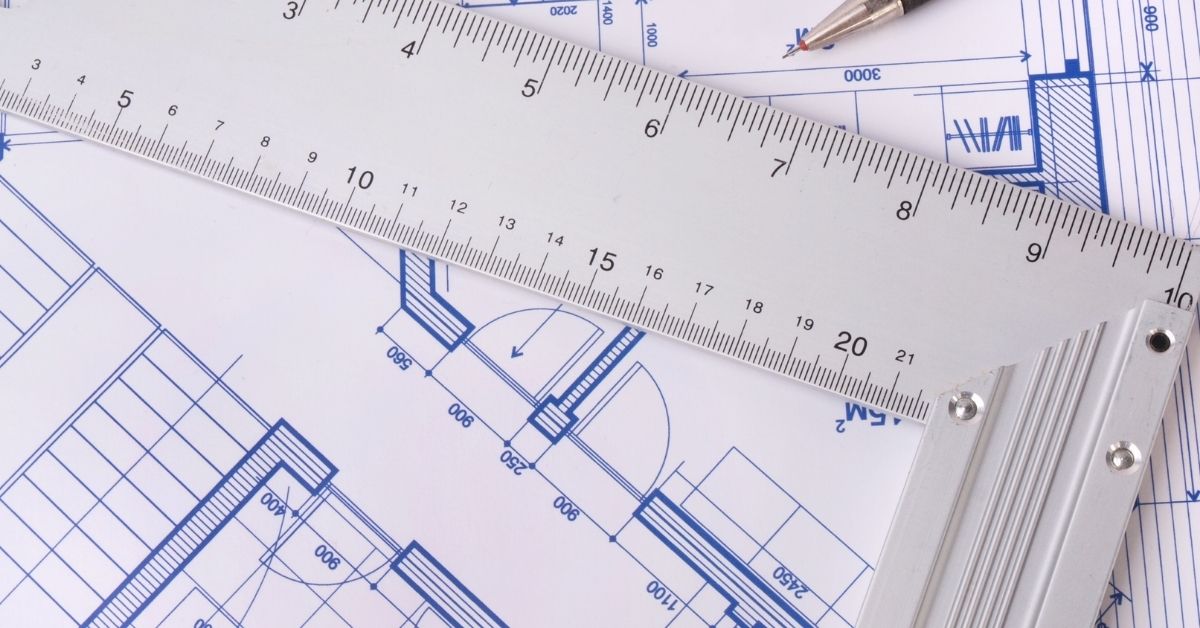A right-angle triangle has one angle equal to 90 degrees. To solve the questions related to the right-angle triangle, it is essential to know about its basic concepts. Through this article, we have explained the basics of a right-angle triangle such as meaning, types, properties, area of right triangle, and perimeter.
What are right-angled triangles in geometry?
A triangle having one of the angles as 90 degrees, is called a right-angle triangle. An angle with the measure of 90 degrees is known as the right angle. Therefore, the triangle having a right angle is called the right-angle triangle. Always remember that in a right-angle triangle, the side opposite to the right angle will always be the largest side compared to two other sides and is called the hypotenuse. The two sides including the right angle are called perpendicular and base of the right-angle triangle.
What are different types of right-angled triangles?
Different types of right-angle triangles are mentioned below:
- Isosceles right triangle: When the two angles out of the three are equal in measure and the third angle is equal to 90 degrees, then the particular triangle can be called an isosceles right triangle.
- Scalene right triangle: When the two angles out of the three are unequal in measure and the third angle is equal to 90 degrees, then the particular triangle can be called a scalene right triangle.
Enlisting the properties of the right-angle triangle:
Here are some basic properties of the right-angle triangle:
- The largest angle in the right-angle triangle is always the right angle measuring equal to 90 degrees.
- The side opposite to the right angle is the largest side and is known as hypotenuse.
- When the two interior angles other than the right angle are added, then the sum will always equal to 90 degrees.
- The two sides other than the hypotenuse are referred to as perpendicular and base.
- We can obtain three similar triangles by drawing the perpendicular from the vertex of the right angle to the hypotenuse.
- The right-angle triangle can never have an obtuse angle.
- When we draw a circumcircle passing through all three vertices of the right-angle triangle, then the radius of the drawn circle will be half to the hypotenuse’s length.
Mentioning the formulas to calculate the area and perimeter of the right-angle triangle:
- Area of a right-angle triangle: The area of a right-angle triangle is the two-dimensional space enclosed in the boundary of the right-angle triangle. The measurement unit given by the area of the right-angle triangle is given by square units. With given values of the hypotenuse, perpendicular, and base, the area of a right-angle triangle can be calculated using the below-given mathematical formula:
Area of a right-angle triangle = 1/2 × base × height
- The perimeter of a right-angle triangle: the perimeter of a right-angle triangle can be defined as the total length of the boundary of the right-angle triangle. In simple words, the perimeter is just the sum of three sides of a right-angle triangle. The measurement unit given by the perimeter of the right-angle triangle is given by units. With given values of all three sides (perpendicular, hypotenuse, and base), the perimeter of the right-angle triangle can be calculated using the below-given formula:
Perimeter of a right-angle triangle = perpendicular + hypotenuse + base
Bottom Line
Now that you know all about the right angled triangle, regularly revise the particular concept to make it your strong area. You can revise every mathematical concept using Cuemath. It is an online educational platform where you can find live and recorded videos on different math concepts.



